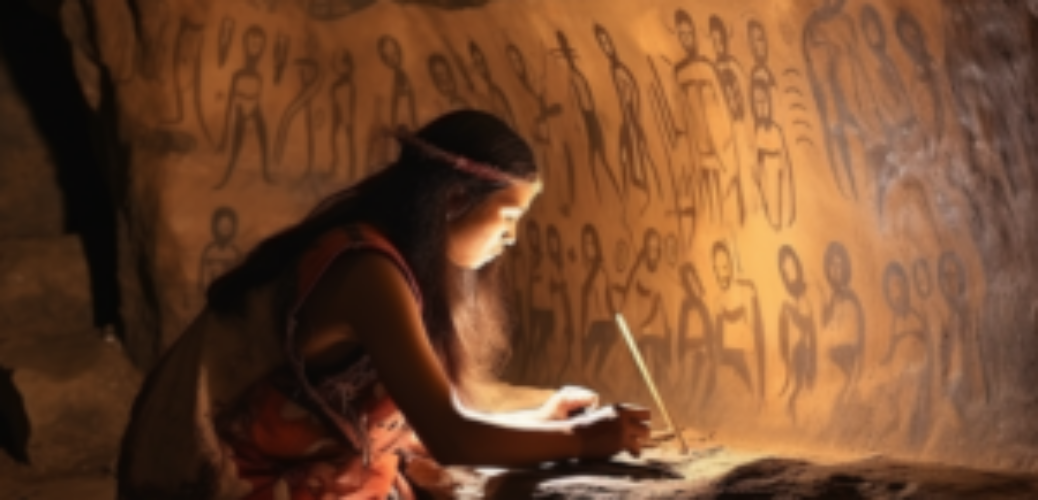The Power of Immersive Technologies in Documentary Storytelling

In the field of storytelling, we’ve evolved from carving images onto cave walls to the sophisticated art of virtual reality. A testament to our persistent thirst for more engaging narratives. While the fundamentals of compelling storytelling (captivating characters, stirring emotions, and gripping narratives) remains the same, the medium through which these tales are told has transformed significantly. One area where this shift is especially impactful is documentary storytelling. Immersive technologies, especially Virtual Reality, have revolutionized this domain, creating profound emotional connections and developing a new level of empathy unlike anything traditional media can offer.
Traditionally, the documentary genre has served as a critical tool to educate, raise awareness, or prompt social change by portraying reality as closely as possible. Yet, even the most well-crafted documentaries, constrained by the two-dimensional nature of flat video, often struggle to transcend the screen and truly immerse the viewer in the experience at hand.
This is where VR comes into play.
Emotionally Immersive Experiences
Through the lens of VR, documentary storytelling becomes a three-dimensional, immersive experience that places the audience directly into the narrative. It creates an emotional connection, unparalleled by conventional film, that empowers viewers to feel and experience the subjects’ circumstances in a deeply personal way.
For instance, the viewer isn’t merely observing the life of a refugee from a comfortable distance, but experiencing their struggle firsthand. They are not merely told about the devastating effects of climate change; they are placed within the barren landscapes left in its wake. The immediate and vivid nature of these experiences facilitates an emotional engagement that goes beyond what is achievable with conventional viewing.
Empathy: The Core of Immersive Storytelling
Beyond creating emotional connections, VR has the unique capacity to generate profound empathy. This is not only because the technology is immersive but also because it is interactive. It allows the viewers to participate, even if passively, in the narrative. This level of engagement forces the viewer to confront the subject matter more intimately than flat-screen viewing, fostering a deep sense of understanding and empathy for the characters and their situations.
By stepping into the shoes of another person, the viewer gains a first-hand perspective of their experiences, challenges, and emotions. Such an immersive experience aids in the dissolution of boundaries and preconceptions, helping viewers understand complex and often underrepresented realities in a truly empathetic way.
Feeling VS Viewing
Compared to traditional media, immersive technologies offer a visceral sense of presence. The impact of a VR documentary is more potent because it is felt rather than just witnessed. It eliminates the distance between the viewer and the subject, creating an emotional immediacy that is not easily forgettable.
Moreover, VR provides a platform for untold stories to be experienced globally, crossing geographical boundaries and cultural divides. This not only amplifies the reach of documentaries but also provides a voice for stories that might otherwise be unheard.
The promise of VR in documentary storytelling extends to education and awareness. By leveraging the medium’s immersive nature, filmmakers can expose viewers to various perspectives and realities, thereby fostering a more informed and empathetic society.
Immersive technologies like 360 stereoscopic or volumetric video have undoubtedly changed the landscape. By providing deeply engaging, emotionally charged experiences, VR is shaping the future of how we consume and interact with real-world narratives.
VR doesn’t just offer a new way of viewing; it offers a new way of feeling, understanding, and empathizing, marking a significant shift in how stories can impact our hearts and minds. It is a powerful tool that, if wielded responsibly and creatively, has the potential to change not only how we tell stories but also how we as humans understand and interconnect each other.
